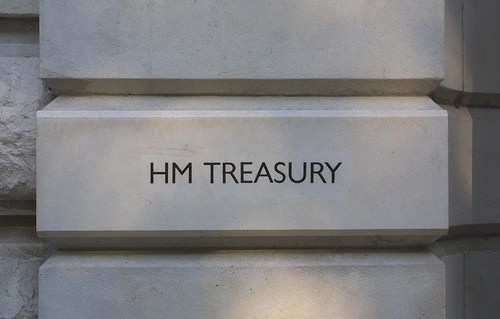Thresholds affecting higher rate taxpayers have fallen significantly behind wage inflation and are costing people thousands of pounds, according to new stats.
One is the higher rate threshold for income tax, which will affect 6.3 million higher rate income taxpayers in the current tax year.
The higher rate income tax threshold was frozen at £50,270 in 2021/2022 and the number of higher rate taxpayers has climbed 1.88 million since then.
Wages have risen more than a fifth, 22%, since the threshold was frozen.
If the threshold had kept pace with wage inflation it would now be at £61,329, according to Hargreaves Lansdown which analysed government data.
Sarah Coles, head of personal finance at Hargreaves Lansdown, said: “The taxman has set an array of sneaky traps for millions of higher rate taxpayers. They’ll be painfully aware of the income tax trap, which has plunged almost 2 million more people into paying higher rate tax since April 2021. However, there are other more stealthy traps ready to catch them and empty their pockets.”
One of them is losing the personal allowance. Once people earn £100,000, their personal allowance is cut by £1 for every £2 that their adjusted net income is above the level – until the allowance becomes zero once they earn £125,140.
That is an effective tax rate of 60%, said Ms Coles. “The threshold hasn't moved since it was introduced in April 2010. Over that time, wages have risen 60%, so to keep pace with wages it would have had to rise to £160,000.”
Another stealth tax tap is the high-income child benefit charge, she said. It kicks in at £60,000 but if income or partner’s income has pushed over the threshold, then some child benefit will need to be repaid through self-assessment. Once earnings reach £80,000 all of it needs to be repaid. The charge was introduced in January 2013 at £50,000 – so has risen less than wages, which are up 53% in that time. To keep pace, it would have had to rise to £76,500.
Loss of tax-free childcare worth up to £2,000 a year is only available to those earning up to £100,000, at which point parents no longer qualify. The threshold hasn’t moved since 2017. Over that time wages have climbed 40%.
Other stealth traps for higher rate taxpayers, according to Ms Coles, are attacks on savings and investments through higher tax on dividends and a higher capital gains tax rate.
Basic rate taxpayers pay tax on dividends at 8.75% and higher rate taxpayers 33.75%. The CGT rate for gains on stocks and shares rose to 18% for basic rate taxpayers and 24% for higher rate taxpayers in the Budget.
Higher taxpayers also have a smaller personal savings allowance, she pointed out. Basic rate taxpayers can make £1,000 of interest before worrying about tax, but for higher rate taxpayers it falls to £500. The personal savings allowance hasn’t risen since it was introduced in April 2016.
